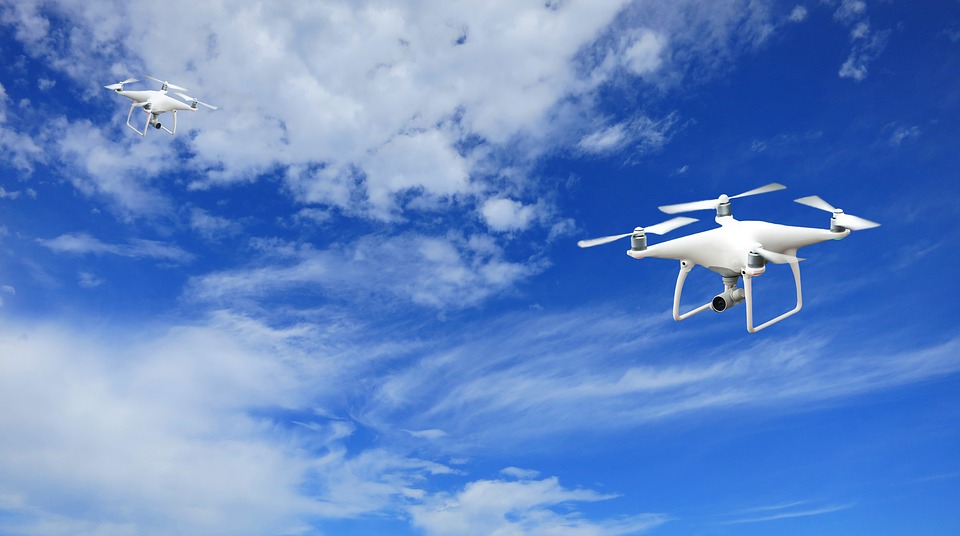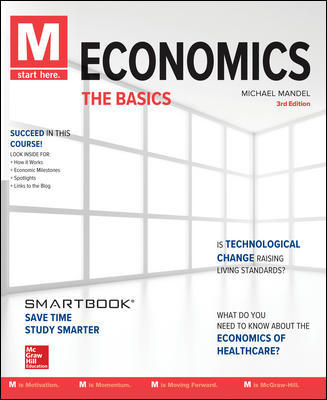August 2016:
Who doesn’t love online shopping? Go on the Internet, click a few buttons, and the next week or the next day your shirt, shoes, or book arrives at your door. Indeed, e-commerce sales have been growing at 16 percent annually in the United States, compared to only 2 percent for all retail sales.
E-commerce is remarkably efficient. Rather than having to hire sales clerks, cashiers, and security guards, e-commerce firms just have to worry about taking the order electronically and getting it out as quickly as possible. That’s why the labor productivity of e-commerce has been skyrocketing (see figure below).

But there’s one big problem: Delivery. In the old model of department stores and shopping malls, the customer picked up their purchase and brought it home in their own vehicle. In the new model of e-commerce, the delivery has handled by companies such as UPS, Fedex, and the US Post Office.
Unfortunately, the productivity of local freight trucking has been rising at a very slow rate. Companies have been able to use information technology to route their trucks as efficiently as possible, but there’s nothing to be done about traffic jams and potholed roads.

That’s why some e-commerce companies, such as Amazon, have been looking into the use of drones to deliver small packages. Drones are small unmanned aerial vehicles, usually with multiple propellers, that are capable of carrying small packages. They can be controlled by radio by drone operators, but they are also capable of guiding themselves to their destinations, including avoiding obstacles.
In theory drones can be boost productivity compared to freight trucks, especially in congested areas. Package delivery could avoid traffic jams, red lights, potholes, and all the other dangers of urban freight delivery, Instead, the small drones would flit around, dropping off packages with ease. At the same time, fewer trucks would mean less pollution and less congestion.
However, no one yet knows what the actual economics of drones will look like. Will they really be less expensive than trucks? One issue is safety–companies which use drone delivery have to worry about safety and other regulatory issues. That’s why the Federal Aviation Administration (FAA) and Department of Transportation have issued a set of rules for commercial uses of small drones. A drone delivering packages to your doorstep may be closer than you think.
Michael Mandel
Note: This textbook-based blog is explicitly non-political. We analyze current events for the beginning economics students without imposing our own views on the topic.
Key Terms
Labor productivity: Output per worker or output per hour. Higher levels of labor productivity help raise living standards in an economy.
Review Questions
Review questions for use with Mandel (2e)
Additional Reading and Videos
“UPS Experiments With Drone Delivery In Partnership With Zipline,” Forbes, May 9, 2016.
“Think Amazon’s Drone Delivery Idea Is a Gimmick? Think Again,” New York Times, August 10, 2016.
“The Economics of Drone Delivery,” Flexport.



